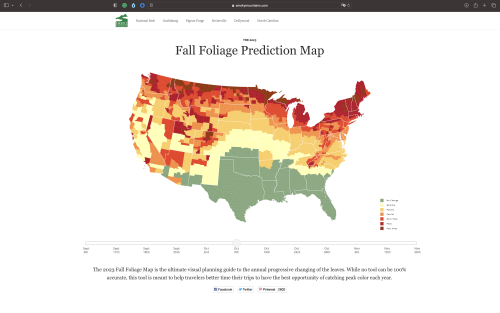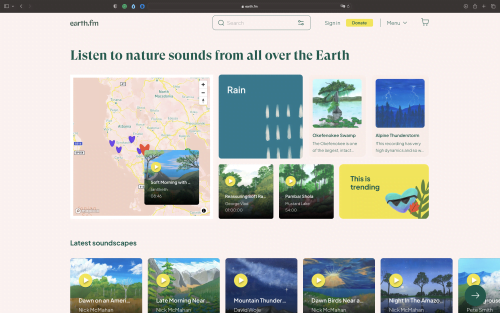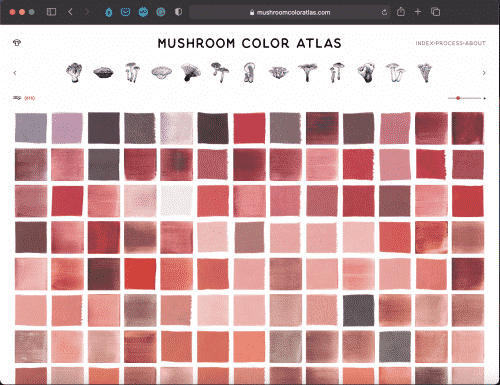Pollinators are crucial contributors to our ecosystem, aiding in the production of fruits, vegetables, and nuts that we consume daily. Without pollinators such as bees, butterflies, beetles, and moths, agriculture and food production would decline significantly.
However, with the rise of habitat modification, loss of suitable forage, and pesticide use, pollinators face significant challenges and are at risk of extinction. That’s where the Beescape Map Tool comes into the picture. This innovative tool provides beekeepers and nature lovers with a comprehensive overview of pollinator habitat quality scores.
What is the Beescape Map Tool?
The Beescape Map Tool is an innovative technology that aids in promoting and assessing pollinator habitat quality. It utilizes a web-mapping application that captures data from over 10,000 landscape-level bee surveys, six surveys of flowering plants important to bees, and five pesticide exposure surveys. The tool helps specify sites to enhance habitat for pollinators and evaluate current habitat quality at farm and garden sites. The tool helps users choose between “preset” locations or generate a custom site by specifying a location, landscape types, and land use classes. Users can be evaluated based on 14 factors to determine the habitat quality scores.
What are habitat quality scores?
Habitat quality scores are indicators of the suitability of an area for supporting pollinators based on factors such as the number of known bee species in an area, pesticide exposure, and nectar diversity, among others. The Beescape Map Tool evaluates habitat quality scores based on these and several other criteria. These scores can provide a useful roadmap for landowners and managers, helping them to identify areas that need improvement and action required to encourage pollinators to thrive in a particular area.
How does the tool work?
The Beescape Map Tool gathers data from multiple sources to map the specified region. Once the map is generated, users can view the landscape-level bee surveys and flowering plants important to bees data collected in that area. Users can also assess the pesticide exposure risk in a given region based on data from the pesticide exposure surveys. With this information, users can determine the habitat quality score for an area and perform a side-by-side comparison on different sites. This functionality can help you compare the habitat quality score for your garden, farm, or natural area to other areas in the region to develop effective conservation strategies.
Who can benefit from using Beescape Map Tool?
The Beescape Map Tool can benefit a broad range of individuals, from beekeepers to farmers, gardeners, and nature lovers. With various data-driven metrics available, managers can determine land management strategies to improve pollinator habitat quality at farm and garden sites.
Additionally, with Beescape Map Tool, farmers can evaluate if they are creating pollinator habitats during specific farm operations, like planting new crops or rotating cropping. This tool can allow farmers to take necessary steps to maximize pollinator health and ensure farm operations are consistent with best practices in pollinator conservation. It can also help gardeners plant the right flowering plants that support resident pollinators and attract new ones.
In conclusion, the Beescape Map Tool is an exceptional resource for evaluating pollinator habitat quality scores in your area. Incorporating the latest survey data and providing comprehensive scores for local landscapes, this tool can aid landowners in enhancing their habitat management practices. With pollinators under threat from habitat modification, pesticides, and other negative factors, the Beescape Map Tool can assist in effectively conserving pollinators.
So, whether you are a beekeeper or a nature lover, the Beescape Map Tool is essential to preserve pollinators and protect the health of our ecosystems.
For further reading:
• 10+ Remarkable Documentaries About Honeybees
• Why Do Honeybees Love Hexagons?







